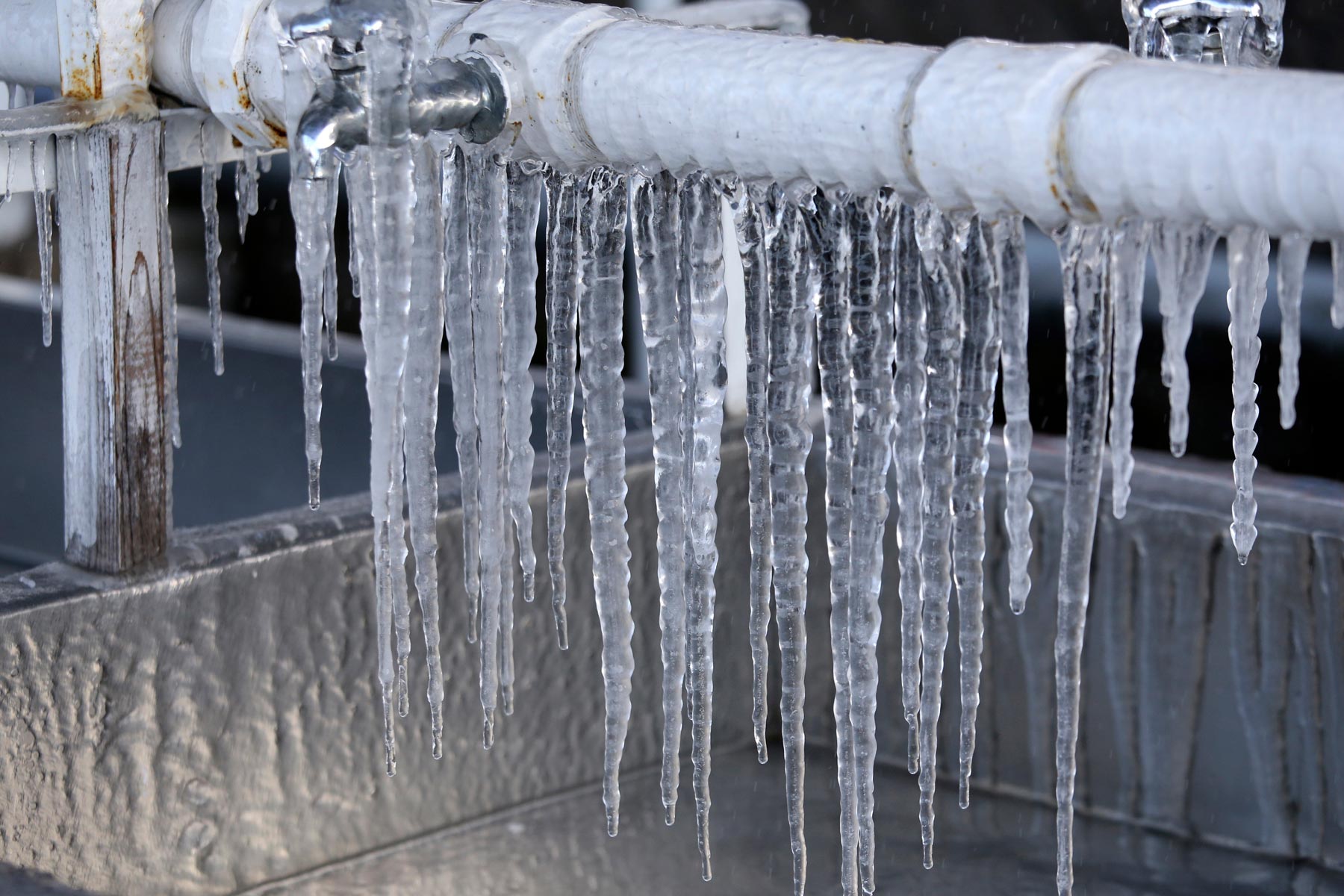Essential Tips for Preventing Frozen Plumbing in Cold Weather Seasons
Essential Tips for Preventing Frozen Plumbing in Cold Weather Seasons
Blog Article
Are you looking for critical information concerning Helpful Tips to Prevent Frozen Pipes this Winter?

Winter can wreak havoc on your pipes, especially by freezing pipelines. Right here's how to stop it from happening and what to do if it does.
Intro
As temperatures decline, the risk of frozen pipelines increases, possibly leading to expensive repairs and water damages. Recognizing exactly how to avoid icy pipelines is important for property owners in cool environments.
Avoidance Tips
Insulating at risk pipes
Cover pipes in insulation sleeves or make use of warmth tape to shield them from freezing temperature levels. Concentrate on pipes in unheated or outside locations of the home.
Home heating techniques
Maintain interior areas effectively heated up, particularly locations with pipes. Open up closet doors to enable cozy air to circulate around pipes under sinks.
How to recognize frozen pipes
Search for reduced water flow from faucets, unusual odors or noises from pipes, and visible frost on exposed pipes.
Long-Term Solutions
Architectural changes
Consider rerouting pipelines far from outside walls or unheated areas. Add added insulation to attic rooms, cellars, and crawl spaces.
Updating insulation
Purchase top notch insulation for pipes, attic rooms, and walls. Correct insulation assists keep constant temperature levels and decreases the danger of icy pipes.
Shielding Outside Pipes
Garden pipes and exterior faucets
Separate and drain garden pipes prior to winter season. Mount frost-proof spigots or cover outdoor taps with protected caps.
Understanding Frozen Pipes
What creates pipelines to freeze?
Pipelines freeze when exposed to temperatures below 32 ° F (0 ° C) for prolonged durations. As water inside the pipes freezes, it broadens, taxing the pipeline wall surfaces and possibly causing them to burst.
Risks and damages
Icy pipelines can lead to supply of water interruptions, property damage, and expensive repair services. Burst pipelines can flooding homes and trigger comprehensive structural damage.
Signs of Frozen Pipes
Determining icy pipes early can stop them from bursting.
What to Do If Your Pipes Freeze
Immediate activities to take
If you suspect icy pipelines, keep faucets open up to alleviate pressure as the ice thaws. Use a hairdryer or towels taken in warm water to thaw pipes gradually.
Conclusion
Stopping icy pipelines requires aggressive procedures and fast actions. By recognizing the causes, indicators, and safety nets, homeowners can safeguard their plumbing throughout cold weather.
6 Proven Ways to Prevent Frozen Pipes and Protect Your Home
Disconnect and Drain Garden Hoses
Before winter arrives, start by disconnecting your garden hoses and draining any remaining water. Close the shut-off valves that supply outdoor hose bibs and leave the outdoor faucet open to allow any residual water to drain. For extra protection, consider using faucet covers throughout the colder months. It’s also important to drain water from any sprinkler supply lines following the manufacturer’s directions.
Insulate Exposed Pipes
Insulating your pipes is an effective way to prevent freezing. Pipe insulation is readily available at home improvement stores and is relatively inexpensive. Pay close attention to pipes in unheated areas such as the attic, basement, crawl spaces, or garage. Apply foam insulation generously to create a buffer against the cold. You can also wrap your pipes in heat tape or thermostat-controlled heat cables for added warmth.
Seal Air Leaks
Inspect your home for any cracks or openings that could let in cold air. Seal any holes around the piping in interior or exterior walls, as well as the sill plates where your home rests on its foundation. Additionally, make sure to keep your garage door closed unless you’re entering or exiting. Leaving it open creates a significant air leak that can lead to frozen pipes.
Allow Warm Air Circulation
During cold snaps, it’s essential to allow warm air to circulate evenly throughout your home. Leave interior doors ajar to promote better airflow. Open kitchen and bathroom cabinets to help distribute heat consistently around the rooms. If you have small children or pets, be sure to remove any household chemicals or potentially harmful cleaners from open cabinets for safety.
Let Faucets Drip
A small trickle of water can make a big difference in preventing ice formation inside your pipes. When temperatures drop significantly, start a drip of water from all faucets served by exposed pipes. This continuous flow helps prevent the water from freezing. Additionally, running a few faucets slightly can relieve pressure inside the pipes, reducing the chances of a rupture if the water inside does freeze.
https://choateshvac.com/6-proven-ways-to-prevent-frozen-pipes-and-protect-your-home/

As an enthusiastic person who reads on Prevent Frozen Pipes , I thought sharing that article post was essential. Do you know someone else who is sincerely interested in How To Avoid Freezing Pipes? Take a moment to promote it. I take joy in your readership.
Click Here Report this page